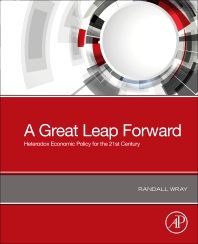
Publications
Inequality of the Distribution of Personal Wealth in Germany, 1973–1998
This paper reports on trends in inequality of the distribution of household disposable wealth in West Germany from 1973 to 1998, and compares the changes in the size distribution of household disposable wealth in West and East Germany between 1993 and 1998. The empirical findings are based on several cross sections of the Income and Consumption Survey (ICS), which is conducted every five years by the German Federal Statistical Office. Since these surveys are large quota samples that exclude the very rich, the institutionalized population, and -- until 1993 -- foreign households, as well as equity in private businesses, the inequality measures derived can be considered the lower bounds of the estimates of their true values.
The Gini coefficients for disposable household wealth are about double the coefficients for household disposable income and about three times the coefficients for equivalent disposable income of persons. Except for 1998, net financial assets are less unequally distributed than total disposable wealth but net housing wealth is distributed more unequally. We find a slight decrease in the inequality of disposable household wealth between 1973 and 1993, followed by a slight increase until 1998.
We also find the well-known hump shape of relative average wealth holdings of age groups, but by looking at the same birth cohorts in the consecutive cross-section samples we can show that the relative position of the two oldest birth cohorts deteriorates only slightly in old age. If one changes the perspective to disposable wealth per household member, one finds that there is only a slight decrease of the relative wealth position but no reduction in the absolute levels of disposable wealth. This is contrary to the predictions of the life cycle model. Bequests between spouses and composition effects can be reasons for this surprising result.
Looking at inequality within household age groups, we see a consistent pattern of highest inequality among the youngest age group that decreases until retirement age, and then increases again. This points to inheritances and gifts inter vivo even at young age.
Comparing West to East Germany, we find greater inequality of the wealth distribution in East Germany but lower inequality of the distribution of disposable income of households and of equivalent income of persons. We also see a strong tendency to a convergence in the distributions of wealth and income between West and East Germany. Closing the gap in GDP per capita between West and East Germany leads to increasing inequality of income but decreasing inequality of wealth in East Germany.

